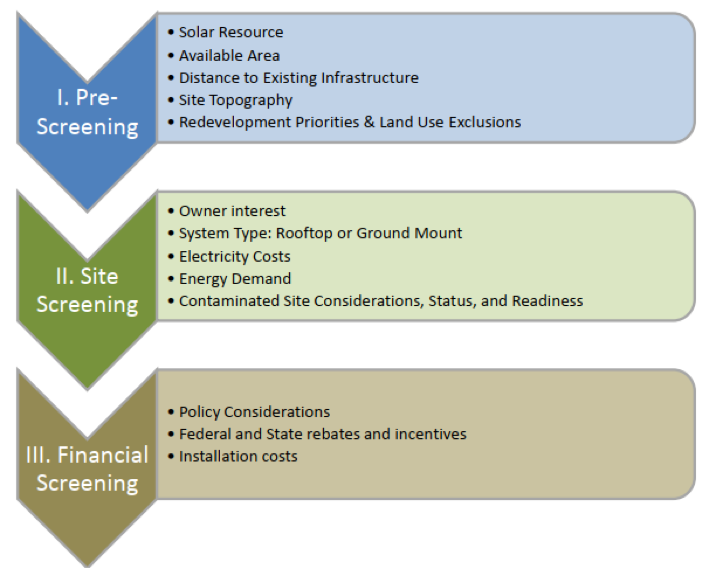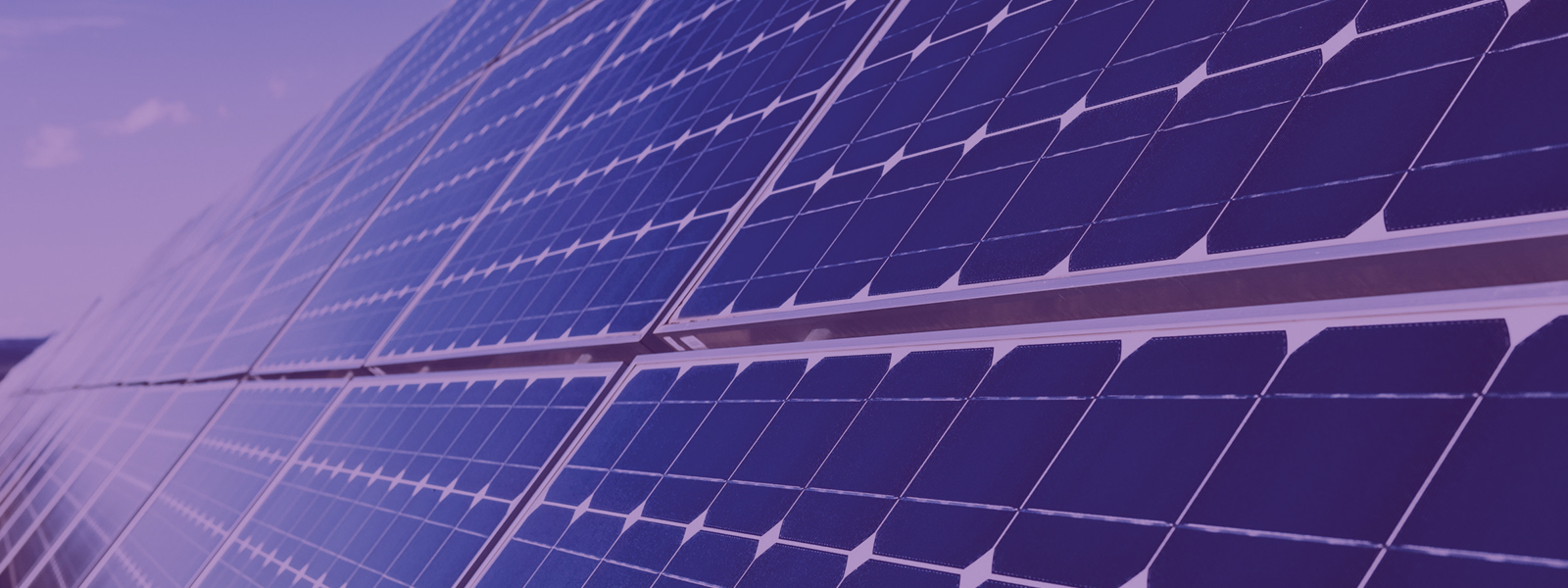A photovoltaic system (PV system or solar power system) is a power system designed to supply usable solar power by means of photovoltaics. It consists of an arrangement of several components, including solar panels to absorb and convert sunlight into electricity, a solar inverter to change the electric current from DC to AC, as well as mounting, cabling, and other electrical accessories to set up a working system. It may also use a solar tracking system to improve the system’s overall performance and include an integrated battery solution, as prices for storage devices are expected to decline.
It should also be noted that PV systems convert light directly into electricity and shouldn’t be confused with other technologies, such as concentrated solar power or solar thermal, used for heating and cooling. PV systems come in sizes from small, rooftop-mounted systems or building-integrated systems with capacities from a few to several tens of kilowatts, to large utility-scale power stations of hundreds of megawatts range. Nowadays, most PV systems are grid-connected, while off-grid or stand-alone systems only account for a small portion of the market.
PV systems operating silently and without any moving parts or environmental emissions, PV systems have developed from being niche market applications into a mature technology used for mainstream electricity generation. A rooftop system recoups the invested energy for its manufacturing and installation within 0.7 to 2 years and produces about 95 per centof net clean renewable energy over a 30-year service lifetime.
Typical applications of solar PV technology
Integrated photovoltaic systems in buildings
The PV system is composed of a number of individual PV modules that can be connected either in series (to increase the dc output voltage up to the desired value) to form a string. Then, multiple strings are connected in parallel to increase the output current. The possibility of using multiple strings ensures the PV system modularity, which is one of the most important features of the PV technology.
It is now possible to integrate photovoltaic systems incorporate photovoltaic properties into building materials such as roofing, siding, and glass and thus offer advantages in cost and appearance as they are substituted for conventional materials in new construction.
Small desalination plants
Use of solar photovoltaic operated (PV) cells to power small save desalination plants using reverse osmosis technology.
Drip irrigation system
Solar Photovoltaic operated (PV) pump drip irrigation system for growing orchards in the aridregion.
Off the grid road and traffic lighting
Off the grid LED road light using PV cell and battery storage is becoming a popular and economical way to run roadway lighting systems. It eliminates the sometimes prohibited cost of installing electrical distribution systems in remote areas and provides for quick pay back on investment.
Maximpact services for your PV project development
Maximpact experts has decades of experience in delivering engineering services for the successful installation of many kinds of PV systems from very large too small scale systems. Our services are described below.
Project Development
The development of a typical PV project can be broken down into the following phases:
- conceptual
- pre-feasibility study
- feasibility study
- development and design
In general, each succeeding phase entails an increased level of expenditure but reduces the risk and uncertainty in the project.
The amount of time and money committed in each phase will vary, depending on the priorities and risk appetite of the developer. A typical scope for a feasibility study would include the items in the schematic shown below.
Outline of our solar PV feasibility study phase

Project development stage
Maximpact services after the feasibility study phase have proven successful – The development phase takes the project from the feasibility stage through to financial close and is likely to consist of:
- Preparation and submission of the permit applications for the proposed solar PV project
- Preparation and submission of a grid connection application
- Revision of the design and planning permissions
- The decision on contracting strategy (turnkey energy performance contract (EPC or multi-contract)
- A decisionon the financing approach
- Preparation of solar PV module tender documentation
- Supplier selection and ranking
Preparation of construction tender documentation
- Contractor selection and ranking
- Contract negotiations
- Completion of bankable energy yield
- Preparation of a financial model covering the full life cycle of the plant
- Completion of a project risk analysis
- Environmental impact assessment
- Production of a detailed project report
- Securing financing for the project
- The design phase will prepare the necessary detail and documentation to enable the tendering and construction of the solar PV plant


